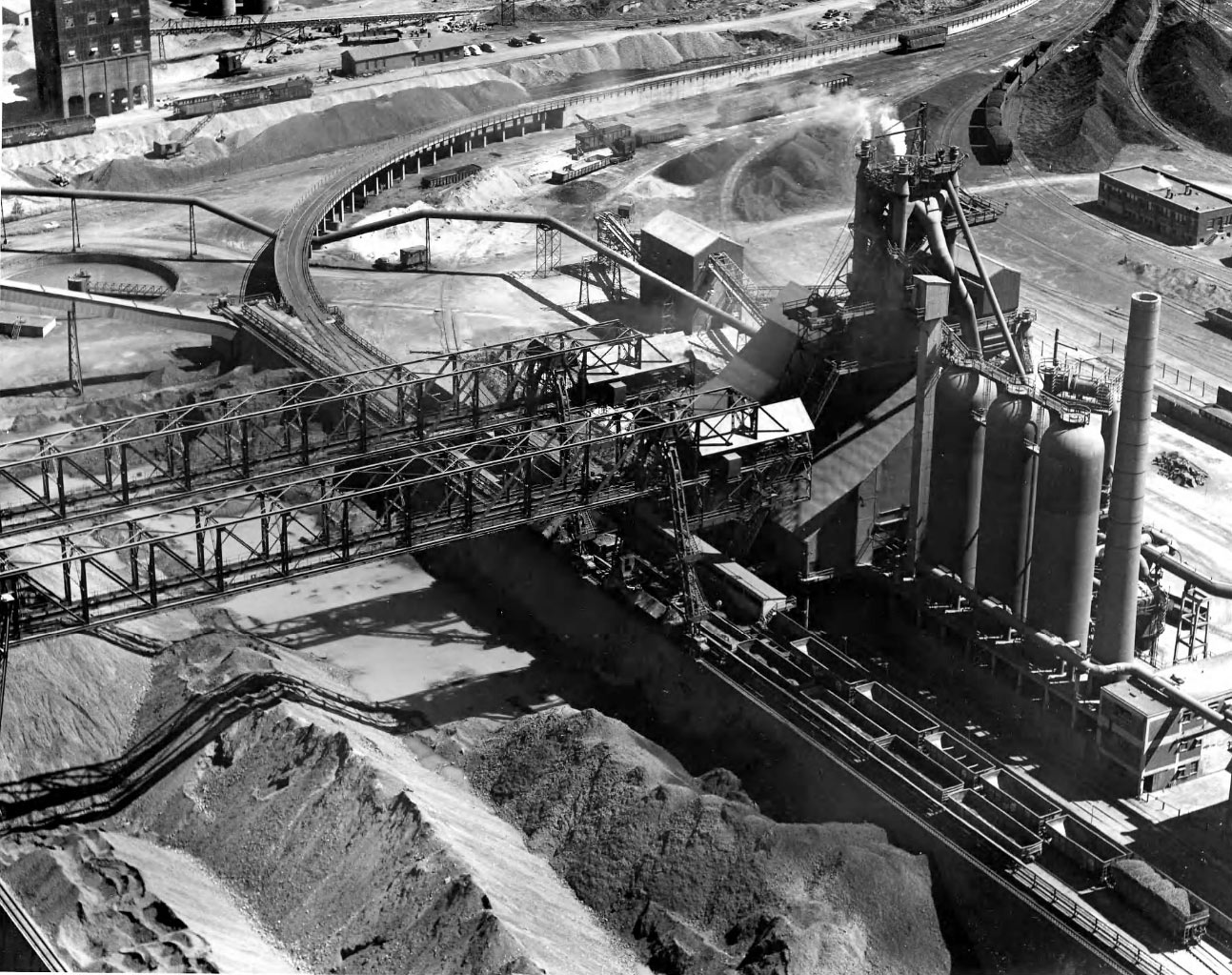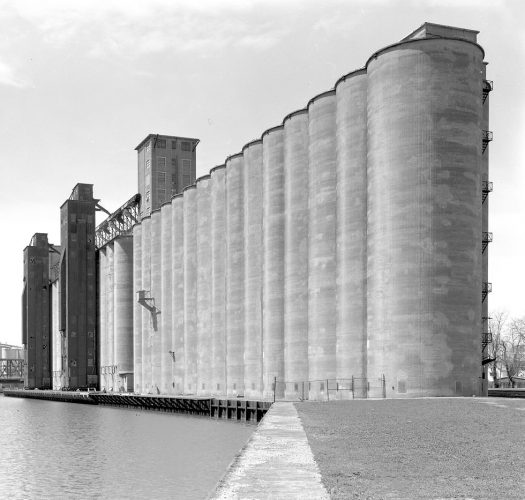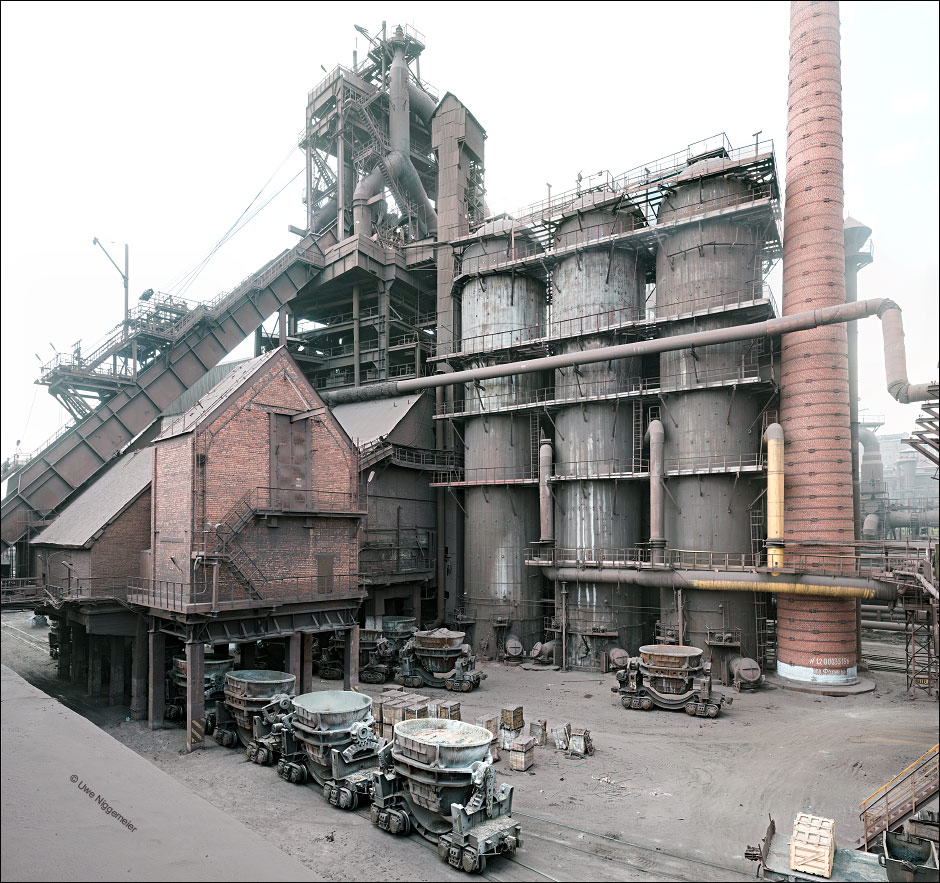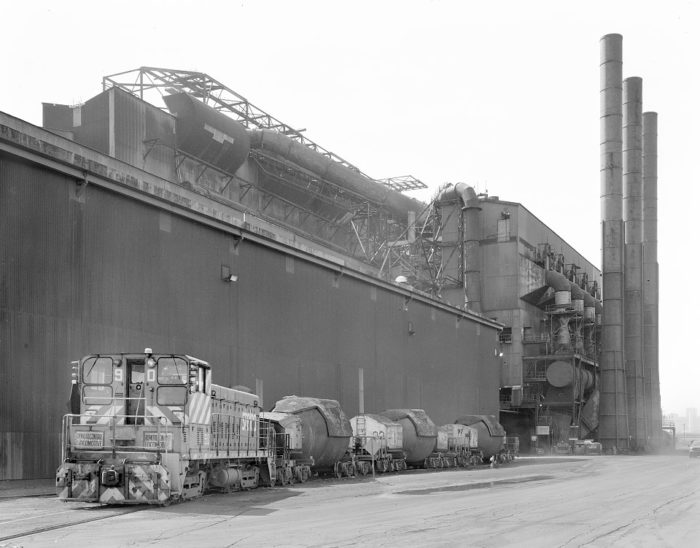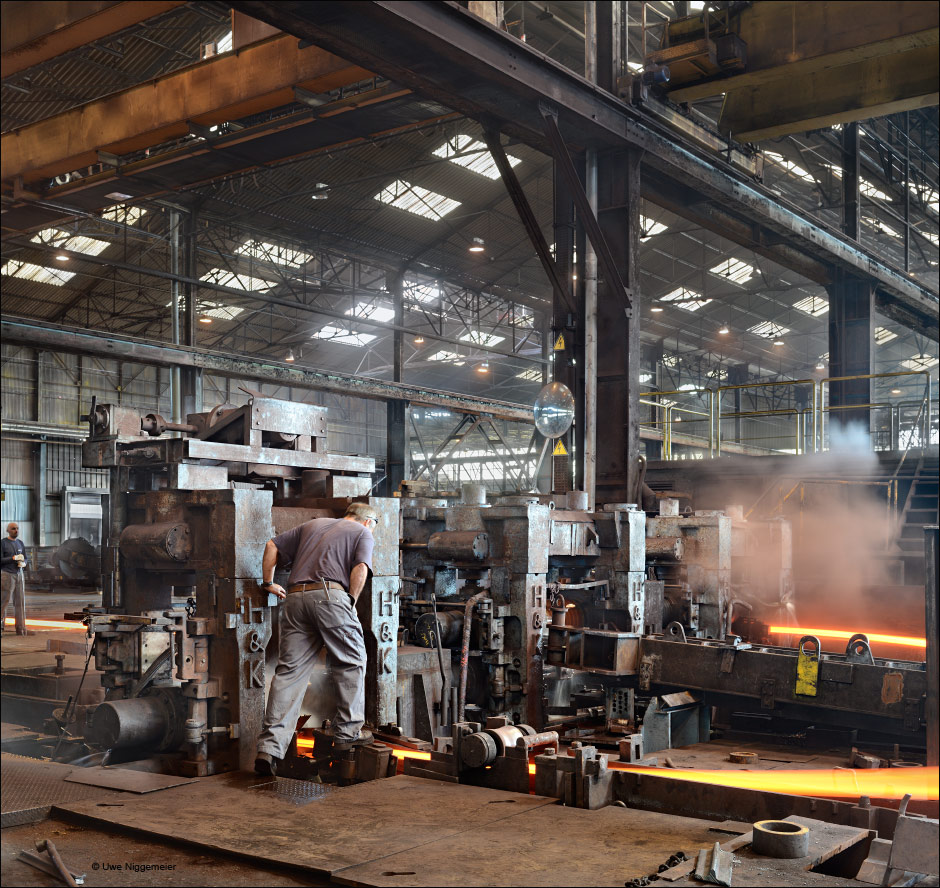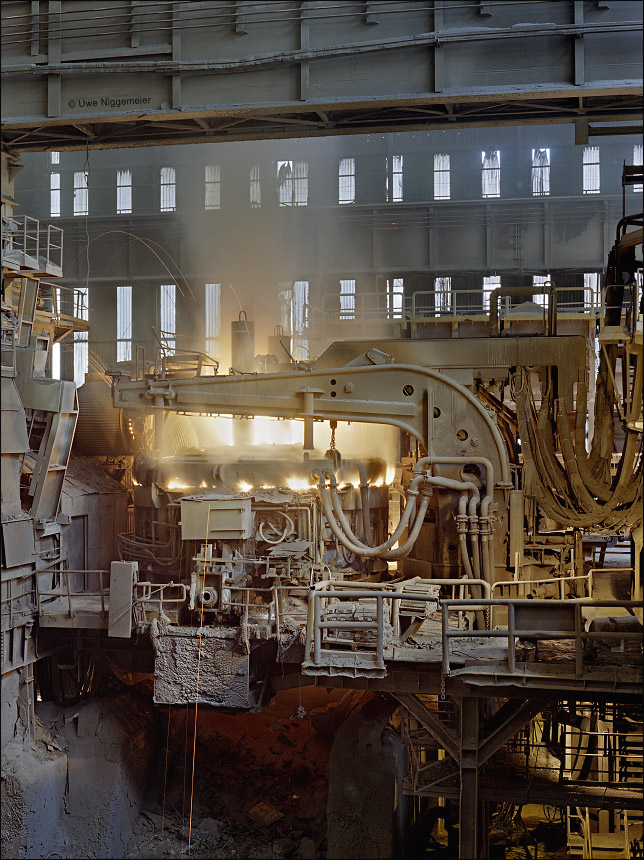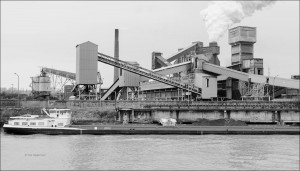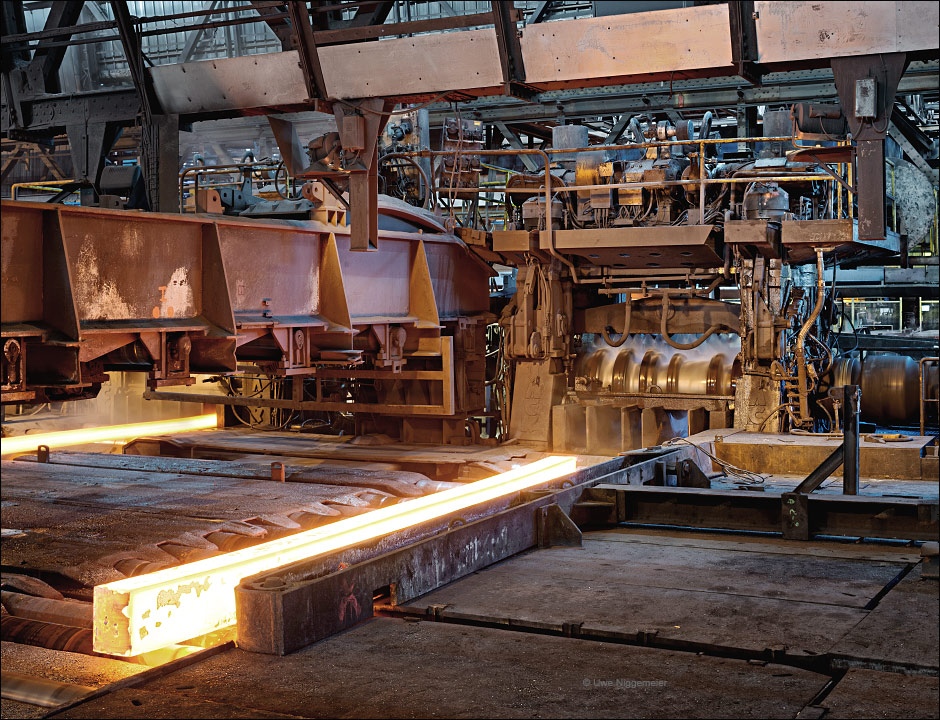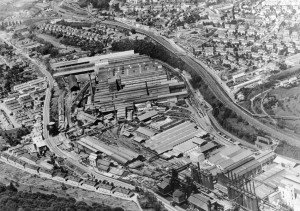In 1965 there were 237 blast furnaces at 72 locations in the U.S. . This series will briefly introduce all of them.
In the 1960s, Republic Steel was the No. 3 North American steel producer, albeit at a considerable distance from US Steel and Bethlehem Steel.
They maintained a large number of production sites, including several marginal ones, ten of which produced pig iron.
One smaller site was the plant on the banks of the Calumet River in South Chicago, once one of the busiest steel making areas in the U.S. .
In 1965, Republic Steel operated a small coking plant, blast furnace, open hearth and electric arc steelworks, seven rolling mills and a seamless tube production facility there.
Employment peaked at 6.335 in 1970.
In 1977 the plant was modernized on a large scale and a Q-BOP meltshop with two 225 t converters was installed. The electric arc mill was equipped with three new 225 t electric arc furnaces.
The blast furnace was shut down in 1982 and the coking plant continued to operate.
In 1984, Republic Steel merged with Jones and Laughlin Steel and operated under the name of LTV Corp.
The Q-BOP melt shop was sold to Geneva Steel in Utah in 1990 and reopened in 1991.
- BF: Ø 28’0” (8,53 m)

